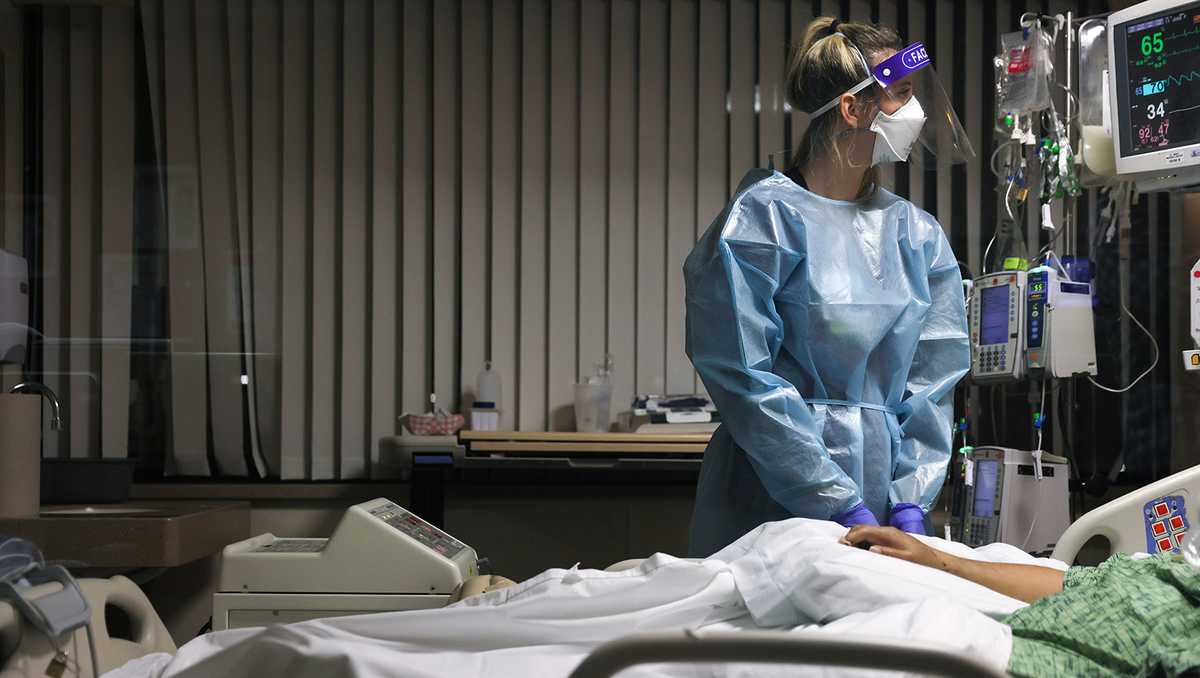
Her symptoms were comparatively mild: fatigue, shortness of breath, stomach pain, cramping and a low-grade fever.
But, after it appeared she had recovered from her acute illness, Condra says she began developing a wide array of health problems that waxed and waned but did not clear up: terrible sinus pain, nausea, loss of appetite, bone-crushing fatigue, dizziness, a burning sensation in her chest, a dry cough, brain fog, confusion, concentration issues and problems with word retrieval.While Condra said she started getting better at the beginning of 2021, she describes her progress as slow and halting.A much larger study, published in early January in The Lancet, found that of 1,733 coronavirus patients treated in the Chinese city of Wuhan, 76% were still experiencing at least one symptom six months after their symptoms began.So far, the center has seen more than 1600 patients — including Reagan and Condra — and there's a months-long wait to get an appointment.
Another baffling aspect of post-COVID syndrome is the vast and seemingly random array of health issues that some patients face.Shortness of breath is a very specific one, and chest pain as well," he said.
Many patients have multiple symptoms, and the symptoms can come and go.
Problems such as chest pain, shortness of breath and heart inflammation fall into the cardiovascular category.
Chest pain and shortness of breath could, depending on the underlying cause, fall into the respiratory category, as does decreased exercise tolerance and pulmonary function abnormalities.
Some could be triggered by microvascular disease — damage to the capillaries, which Sandrock says is behind many symptoms, from chest pain to "COVID toes" to fatigue and even brain fog.
Treatment, Sandrock said, is very much individualized and depends on the symptoms and the underlying cause of those symptoms."We have to really spend our time seeing what our patients need.
Some of them — they really just have chest pain, shortness of breath and low oxygen levels, and in that case we can manage that.
So that really involves better living and higher quality living, for lack of a better term.
Dayna McCarthy, a team member at Mount Sinai's Center for Post-COVID Care, agrees patients have to adjust their expectations of themselves and slow down.
But if people are not able to do that, and they keep pushing, that is when the symptoms just do not get better," she said.
McCarthy, who calls the process "glacially slow," says patients do get better with supportive care and time.Both Sandrock and McCarthy say much more research is needed to better understand post-COVID syndrome, including who gets it and best treatment practices.Said Condra, "I really had to relinquish my sense of control in not knowing when this is going to end for meBut really being grateful for the improvements that are happening, and at least [getting] back some level of having a quality of life and being able to take advantage of the days, the weeks where I am feeling better ..
